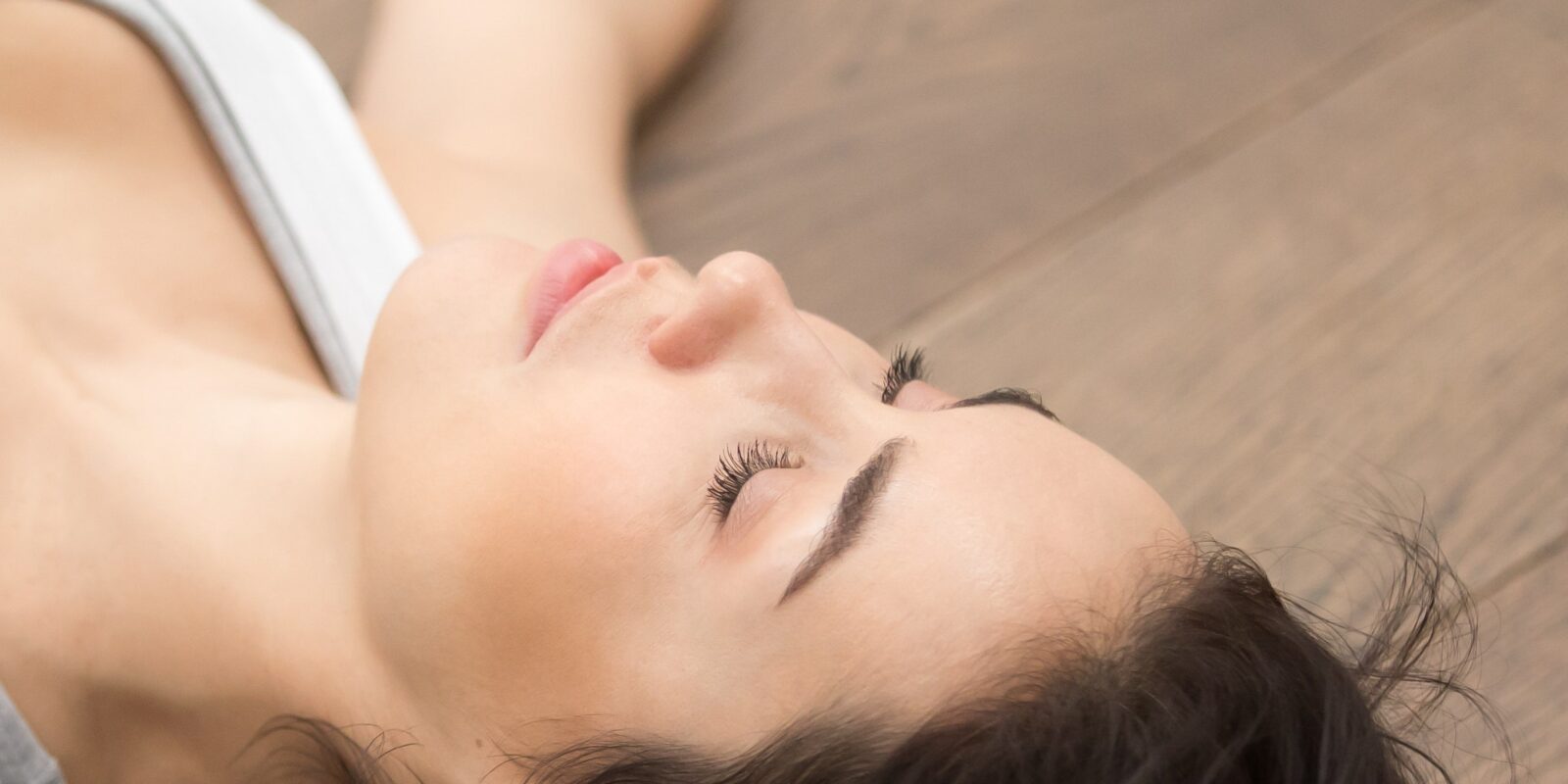If you have been having a hard time unplugging right now, experts say that yoga nidra might be a great practice to co-opt into your routine now. It is a little-known yogic practice that is becoming popular as both a form of meditation and full body therapy. It is a guided relaxation that can calm and soothe the body. “Yoga nidra is an ancient yogic practice that puts you in savasana, and combines a body scan with breath awareness and visualisation. Thirty minutes of yoga nidra is proven to equal two hours of deep sleep in terms of restorative and healing values,” states Avni Talsania, yoga teacher.
“Yoga nidra also helps in regulation of hormones, stabilisation of glucose levels, and alleviation of post-traumatic stress disorder (PTSD). Sounds like big talk, especially for a practice that involves nothing but lying on your back for half an hour. But evidence is mounting in a big way,” she confirms.
What is yoga nidra?
Is it the same as deep sleep? No, it’s not. Yoga nidra is deep rest but it is different from deep sleep. According to Mumbai-based yoga teacher, Tara Menezes, it can be best described as conscious sleep. “You are mindfully aware of your presence in this sleep state.” You are at point where the logical, analytical aspect of the mind is suspended. “Yoga nidra guides practitioners into the “hypnagogic state”—the threshold between alpha and theta waves—the knife’s edge where the body “sleeps” while the mind is lucid. This passive/active state allows access to subconscious memory and repressed experiences—unlike hypnosis where the person is totally inert,” adds Talsania.
“Using what psychologists call “habituation,” the meditation works by using repeated stimuli to cause a diminishing response. By bringing your attention repeatedly to sensations in the body, you become habituated, and can then forget the sensation altogether (in the same way the strong initial smell of perfume gradually loses potency). The aim of visualisations is to shake out painful memories, conflicts, fears, says Talsania, who likens yoga nidra as making space for the brain to rewire negative thought patterns and destructive habits.
How does one practice it?
Acknowledging that steps of yoga nidra may vary from teacher to teacher, yoga expert Pragya Bhatt shares the common instructions: “Lie down in a comfortable position and draw your awareness inwards. Make a resolve or affirmation. (Eg, I am complete, I am happy, I am whole.) Then, take your awareness to different parts of your physical body. Connect the body to the breath and take your awareness to your external body and surroundings,” she says.
“Like with any practice of meditation it is important to transition slowly out of it and take a moment to reflect on how you feel,” cautions Talsania. “Yoga Nidra is not about ‘conscious effort’ but ‘conscious relaxation’. You don’t need to put in an effort to think. You don’t need to ‘concentrate’ or ‘focus’ on what a leg is, or touch your nose. Nor do you need to physically move these body parts. You only need to gently take your attention to them, while taking deep breaths,” she adds.
For first time practitioners, yoga nidra can be so relaxing that you drift to sleep or it can be very overwhelming because it may bring up memories and experiences. “Different people feel different things depends on their state of mind at that moment. There is no right or wrong reaction,” says Talsania.
The article was first published in Vogue





